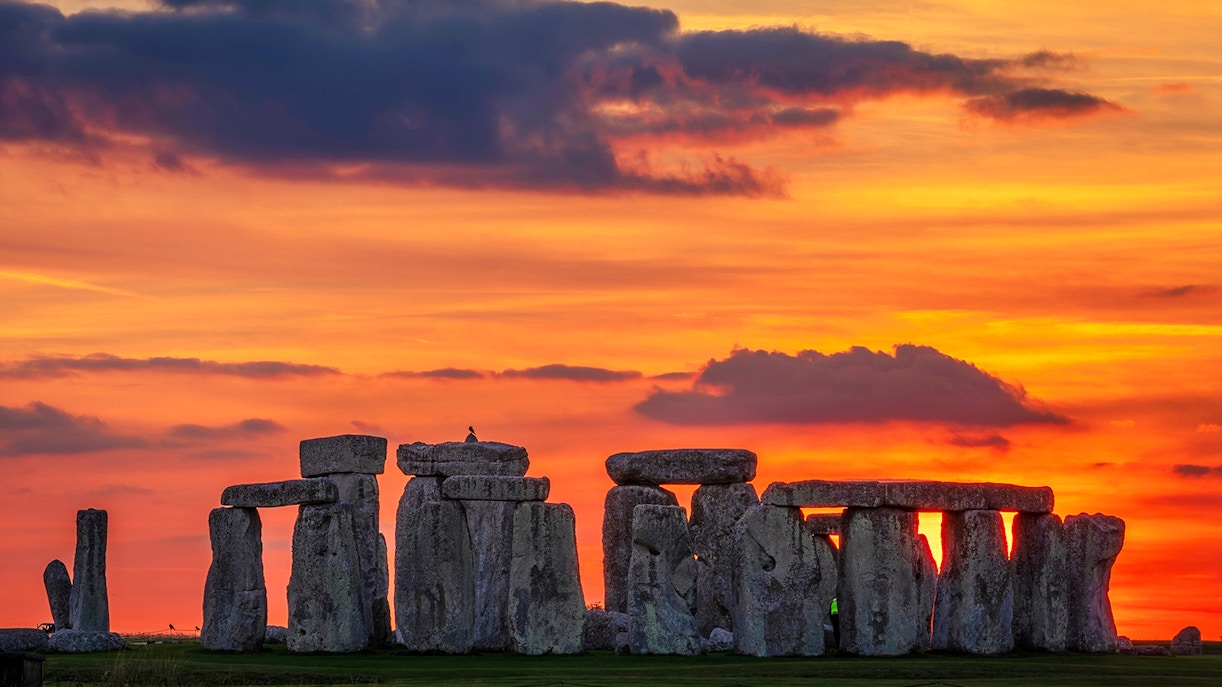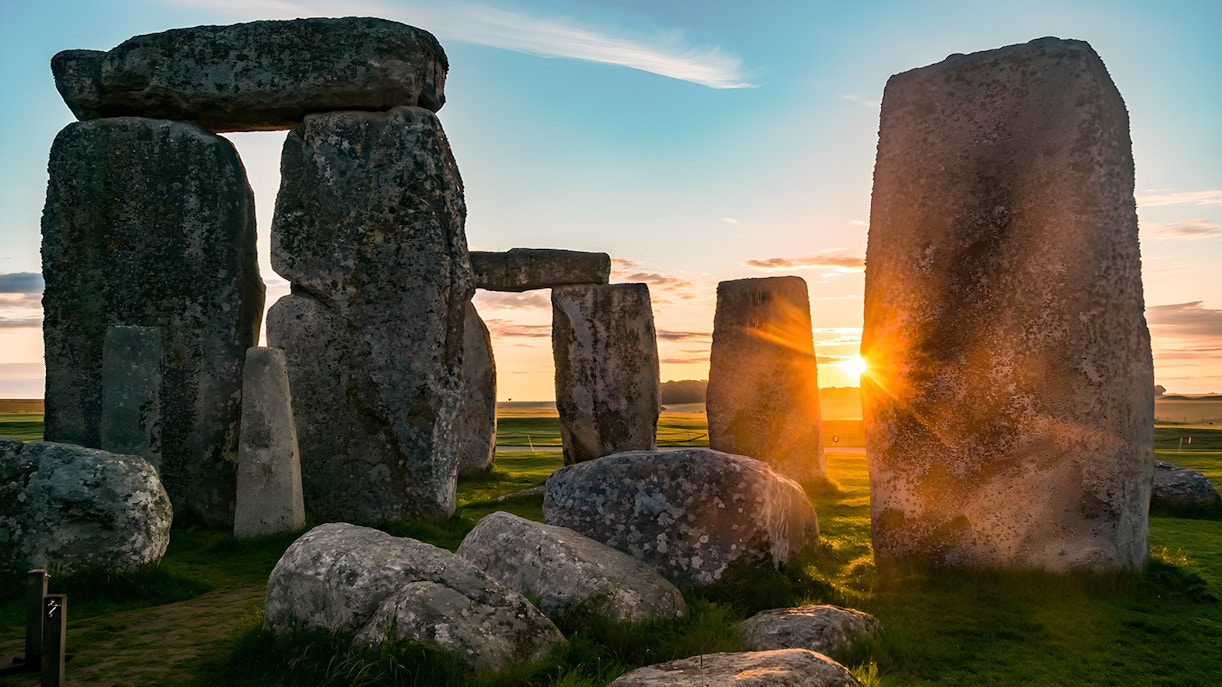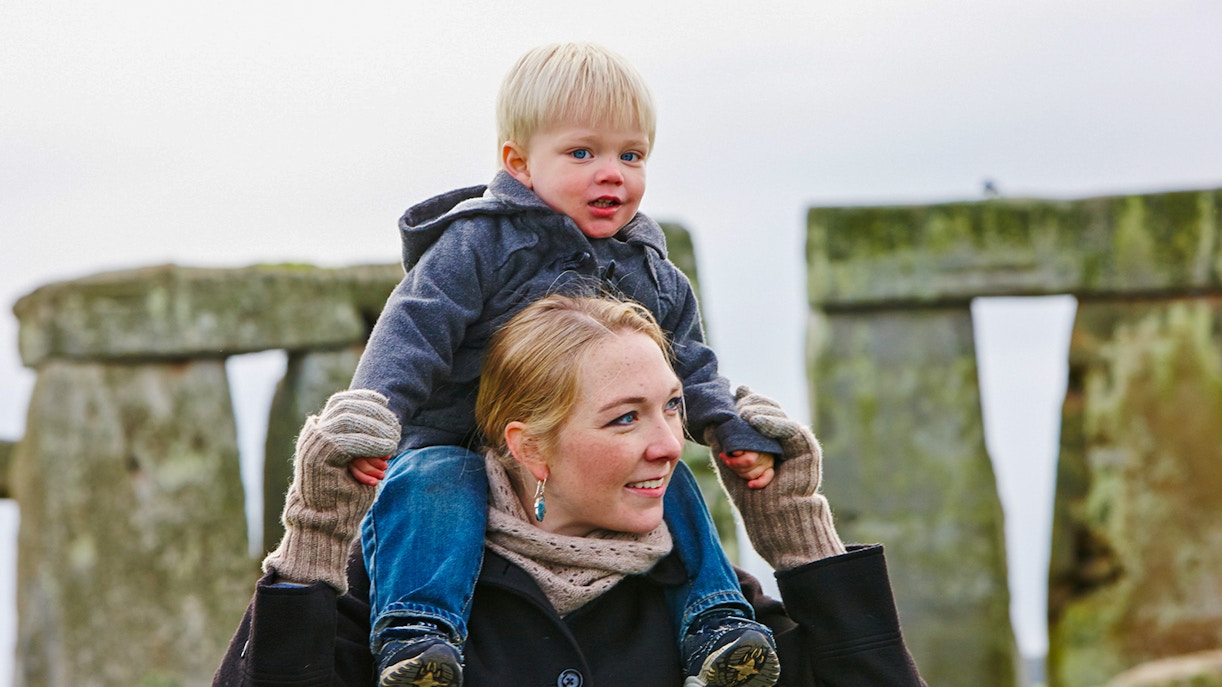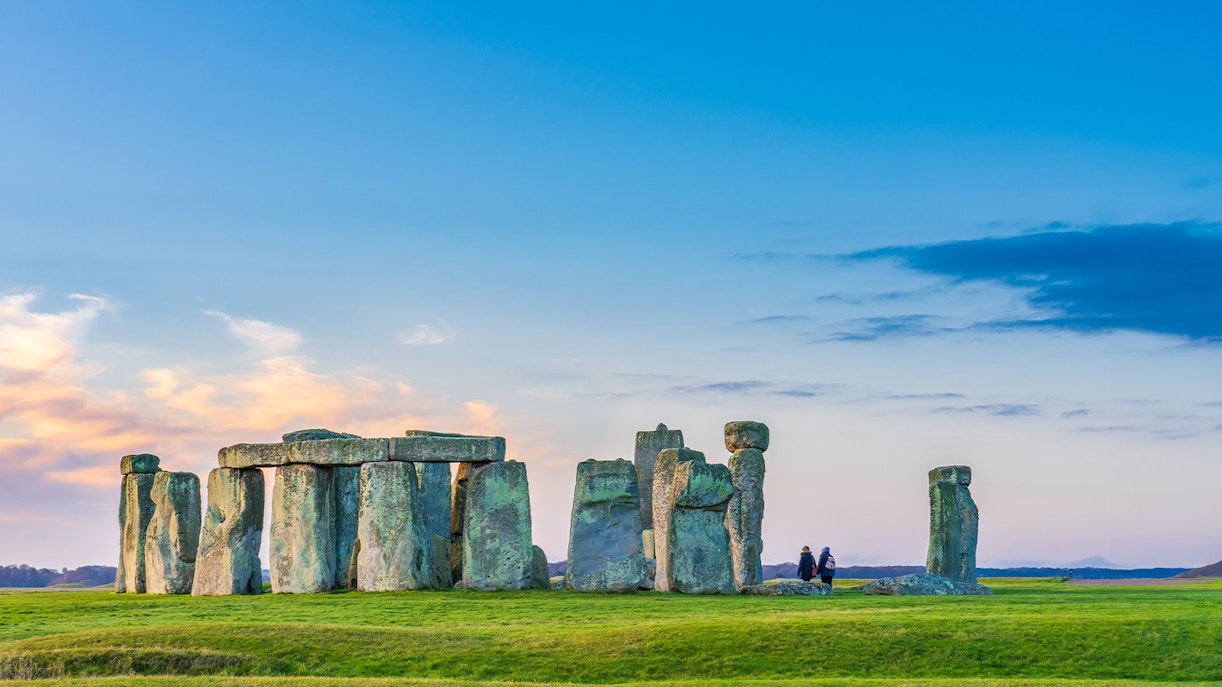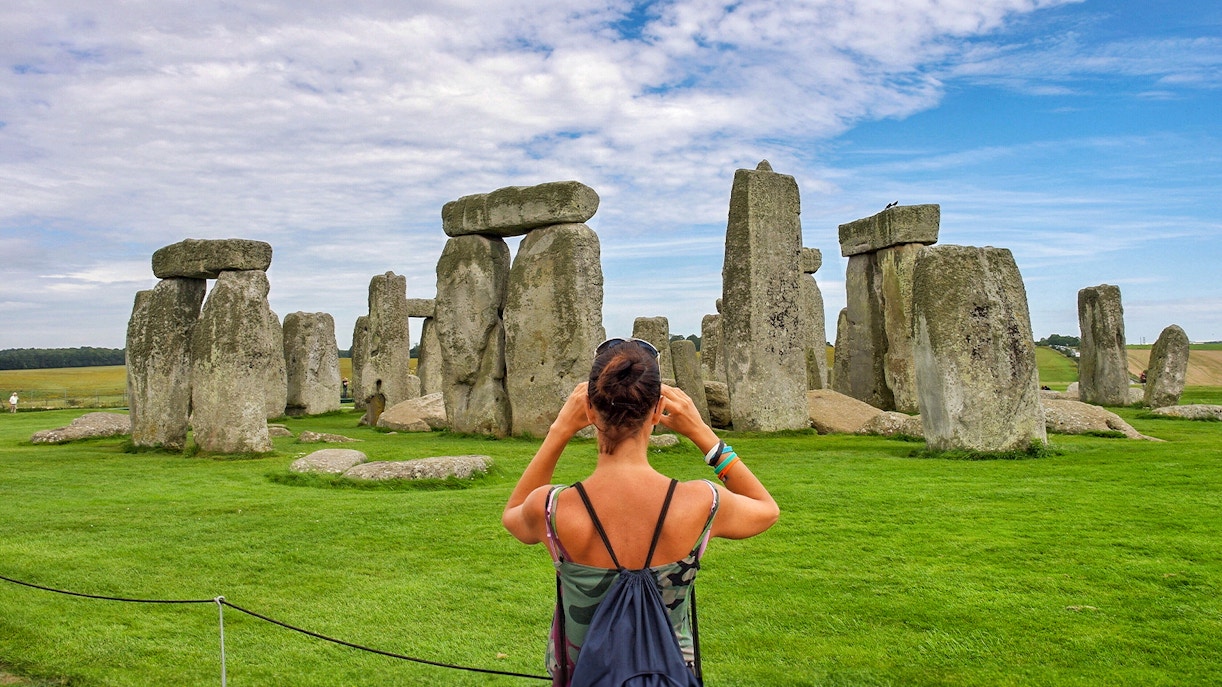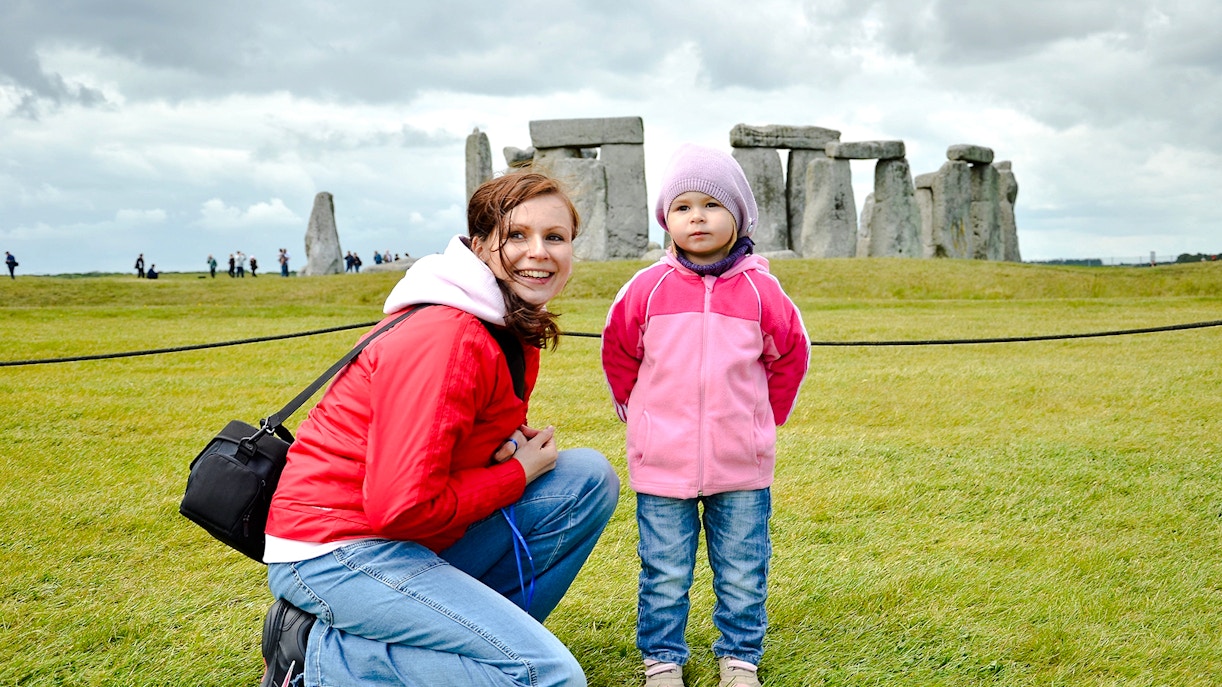- Stonehenge was likely aligned to solar events, including equinoxes, helping prehistoric societies track seasonal changes essential for agriculture and ritual observance.
- The equinox marks a perfect balance between day and night, symbolizing harmony, transition, and renewal—concepts deeply rooted in ancient seasonal traditions and beliefs.
- Archaeological research suggests the monument functioned as both an astronomical tool and a ceremonial site for marking key turning points in the solar year.
- From the 1600s, Druids and Pagans began associating Stonehenge with the equinox, linking it to spiritual themes of rebirth, fertility, and cosmic order.
- Modern gatherings at Stonehenge during equinoxes reflect a continued reverence for natural cycles, blending ancient symbolism with contemporary expressions of spirituality and community.
The history and meaning behind Stonehenge Equinox
